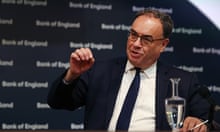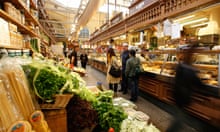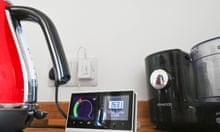
The cost of making spaghetti bolognese for a family of four has risen to £10, up 15.6% in the last year alone, according to the most detailed government data yet published on rising prices
The cost of ingredients for the nation’s most popular pasta dish rose by just 24p between 2018 and 2022 but has now soared to £9.98, a 20% increase since 2018.
The headline figure masks even steeper rises for the key ingredients. Olive oil is up more than 50% over five years and canned tomatoes up 45%, while dry spaghetti has increased by 39%.
The combination of the pandemic and the war in Ukraine has sent prices soaring, changing the way we live our lives, from the kind of meals we cook to how we spend our free time.
Using data released on Wednesday by the Office for National Statistics (ONS), the Guardian has built a calculator to show how much more we all now have to pay for everyday activities compared with 2018, from making a plate of spaghetti to stocking up on toiletries or going for a night out.
Government statisticians measure inflation by tracking a basket of everyday goods and services, known as the consumer price index.
For the first time, the ONS has published the real-world-price data for 455 individual items – allowing consumers to see the changes over a five-year period.
A spokesperson said: “We previously published a very small number of average prices.
“But today is the first time that, using improved methodology, we are now publishing regular average prices for the majority of the basket.”
The detail means it is possible to look at combinations of items for the first time, building a picture of how recipes or activities cost more.
The ingredients needed for a family pot of spaghetti bolognese cost £8.64 just a year ago, but rose to £9.99 last month, a 15.6% increase.
The ingredients for a vegetarian stir-fry for four, which cost just over £3.33 to make five years ago, now cost almost £4 – another 20% rise.
The cost of a single school lunch – a sandwich, a banana and a small yoghurt – rose by 8p between 2018 and 2022 but it has now increased a further 44p, a 20% leap in a single year.
Over the course of the school year in England, the same lunchbox will cost a family £98.80 more than in 2018.
The cost of baby items has also spiked: powdered baby formula is now 25% more than in March 2018 and 12% more than a year ago.
Nursery fees for children aged four and under and the cost of a soft-play session have also recorded one of the largest increases: both cost almost 23% more than five years ago.
A night out, consisting of five hours of babysitting to allow a couple to go for a meal, share a bottle of wine, a trip to the theatre and a taxi home afterwards, will come to more than £150 today, £29 more than five years ago and £8 more than this time last year.
The price hikes extend to animals as well as human products and services. A can of dog food which cost just 62p in 2018, rising to 78p last year, will now cost its owner more than £1.
Toiletries and bathroom essentials including shampoo, tissues, hair gel and women’s home-dye kits have all risen in price, with shampoo up 20% over five years.
The price of emergency services – such as a visit from a plumber, a carpenter, an electrician or a domestic cleaner – has also gone up by an average of 6% in five years. The increase has been particularly high for domestic cleaners, up from £13 per hour to £15 – that is 17% an hour more than in March 2018.
The UK’s overall annual inflation rate stood at 10.1% in March, the last month for which data is available. This marks a fall on previous months; but inflation remains stubbornly high, driven by food and drink prices rising by 19.1%, the fastest annual rate since 1977.
However, wage growth has not kept pace. Inflationary pressures boosted regular earnings (average weekly earnings excluding bonuses) by just 5.7% in the closest equivalent period (up to February 2023).








